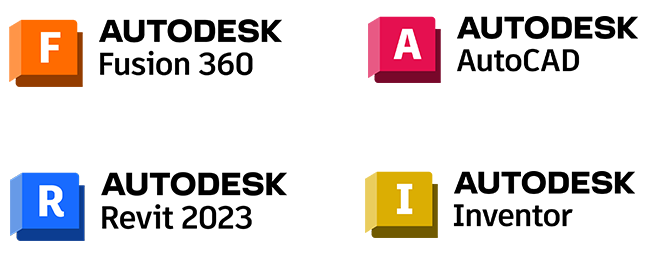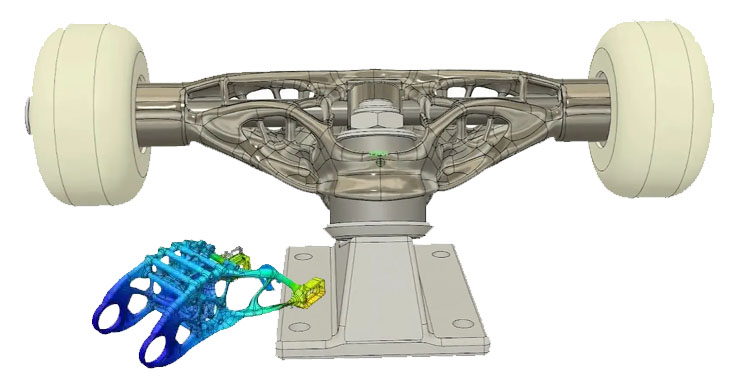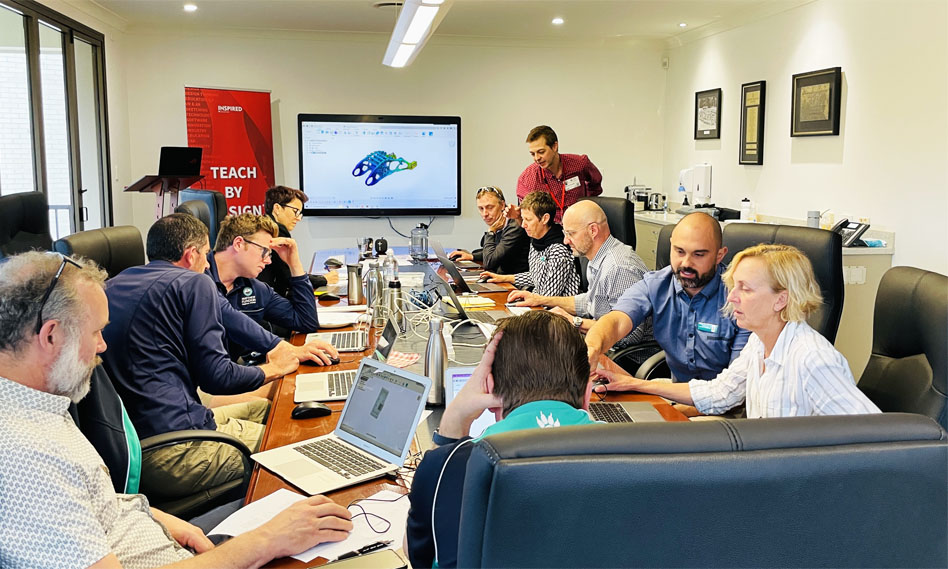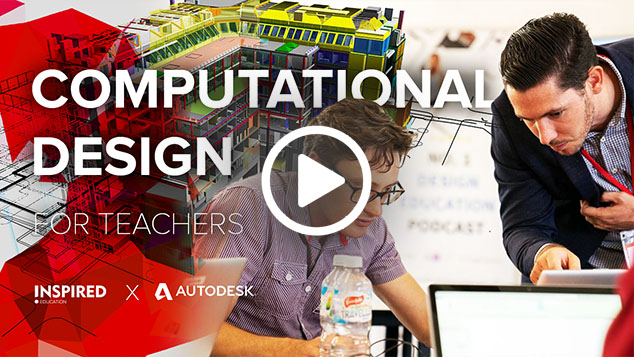Design and make anything with Autodesk software - Industry Standard in Computer Aided Design (CAD)
CAD Training

WHY CAD?
CAD is vital for its precision, efficiency, and cost-saving benefits. It streamlines design, enhances collaboration, and handles complex geometries, making it indispensable in industries like manufacturing and architecture. CAD's visualization tools aid in rapid prototyping and design iteration, while its digital storage simplifies data management and global collaboration. Additionally, CAD ensures compliance with industry standards and promotes sustainability, contributing to improved product quality and innovation.

WHAT CAN YOU LEARN?
Autodesk software is vital for professionals across industries due to its versatility, industry-standard status, and innovation. It streamlines workflows, enhances precision, aids in collaboration, and ensures compliance with industry standards and regulations. Many Autodesk products have become industry standards, ensuring compatibility and collaboration in sectors like architecture, engineering, and entertainment.
Explore All Apps
INDUSTRY READY
CAD (Computer-Aided Design) is indispensable in a range of industries, including architecture, engineering, automotive, aerospace, manufacturing, construction, interior design, and product development. It's also crucial in fields like fashion, animation, gaming, and medical device design. CAD's versatility and precision make it a cornerstone of modern design and innovation, impacting countless sectors and professionals worldwide.


WHY ITS IMPORTANT TO THE CLASSROOM.
Teaching CAD in schools is essential as it equips students with relevant, practical skills for modern careers, fosters problem-solving abilities, enhances technological literacy, encourages creativity, and provides a competitive edge in the job market.
How will your students benefit?
- Relevance to Modern Careers
- Problem-Solving Skills
- Technological Literacy
- Creativity and Innovation
- Hands-On Learning
- Interdisciplinary Learning
- Career Exploration
- Global Collaboration
- Competitive Advantage
GET YOUR STUDENTS INDUSTRY READY.
CAD Training



